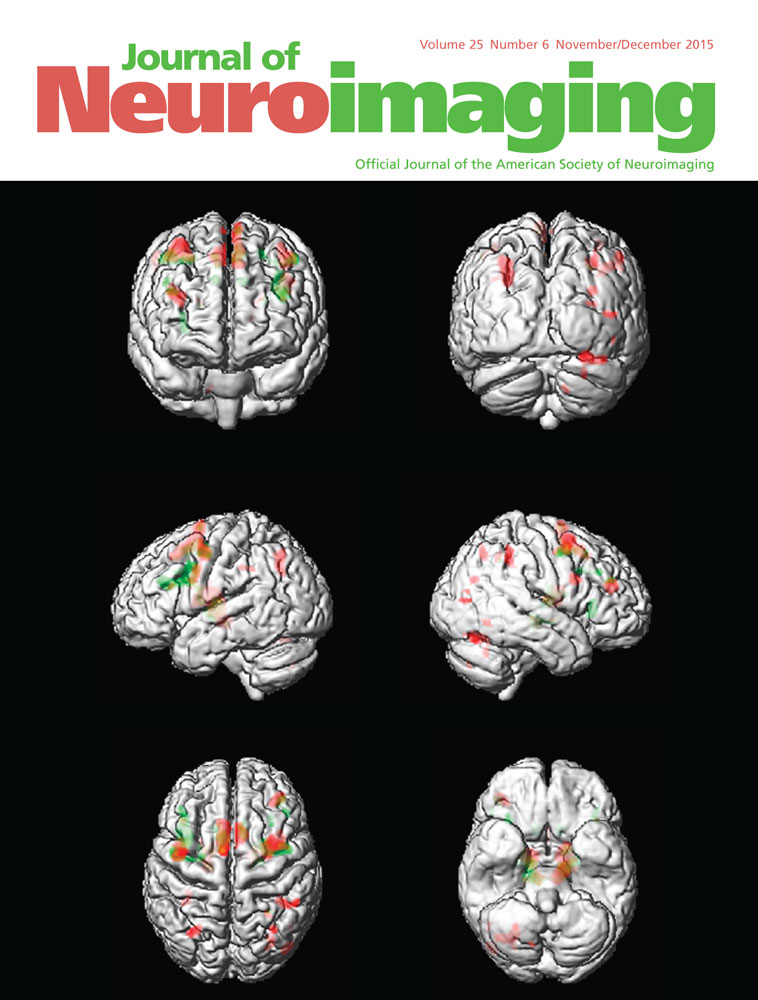MRI-Defined Corpus Callosal Atrophy in Multiple Sclerosis: A Comparison of Volumetric Measurements, Corpus Callosum Area and Index
Contributions: TG, JM, GB, PA, SF, and MKW jointly conceived and initiated the study. TG, JM, and GB designed data collection tools. TG, JM, GB, and SS performed data acquisition. TG analyzed the data statistically. All authors contributed to the interpretation of the data and revised the paper. TG drafted the paper and is guarantor.
ABSTRACT
Objective
To compare corpus callosum area (CCA) and corpus callosum index (CCI) in terms of feasibility and their performance as biomarkers for cognitive and physical disability in multiple sclerosis (MS). A secondary aim was to compare these two methods with volumetric measurements.
Methods
This study was based on a cohort of 37 MS patients and a group of age- and gender-matched healthy controls. Physical disability was assessed with the expanded disability status scale (EDSS) and cognitive disability with the symbol digit modalities test (SDMT). CCA and CCI were assessed on midsagittal brain MRI by 3 raters with varying radiological experience. Volumes of the brain, gray and white matter, corpus callosum, and MS lesions were acquired with Freesurfer and Lesion Segmentation Toolbox for Statistical Parametric Mapping.
Results
CCA and CCI were obtained within seconds with excellent intra- and inter-rater agreement, and outperformed volumetric measurements. CCA had the strongest correlations with both SDMT (r = .82, P < .001) and EDSS (r = −.56, P < .001), and the highest accuracy in differentiating patients from controls (95%) and relapse-remitting MS from progressive forms of MS (77%). CCI performed less well (r = .73, P < .001; r = −.45, P < .001; 94%; 71%). CCA also outperformed the volumetric measurements in these regards.
Conclusions
CCA is a time-effective and robust biomarker that has stronger correlations with both EDSS and information processing speed than CCI and volumetric measurements that are commonly used as outcome measures in MS research and clinical trials.




